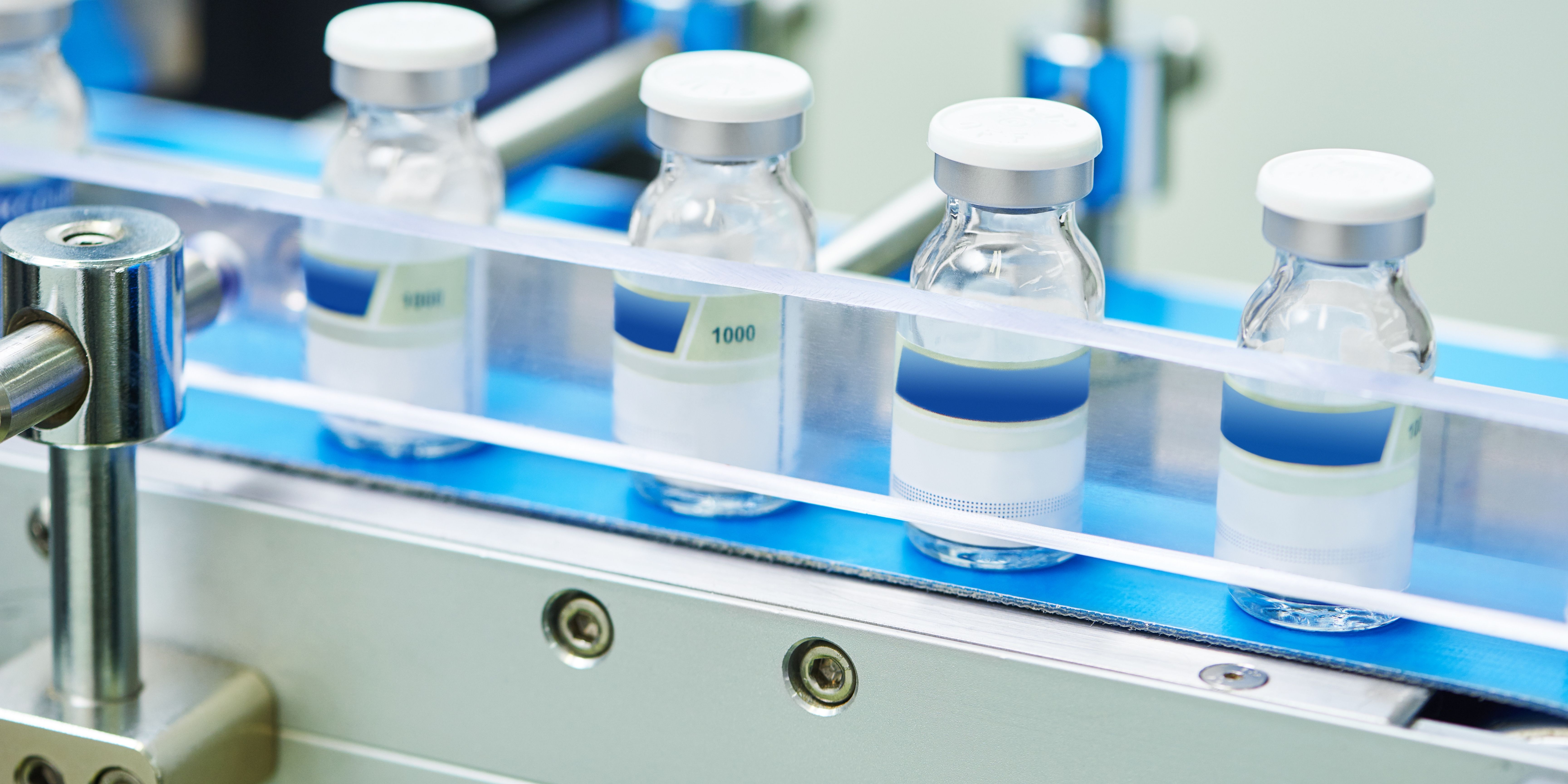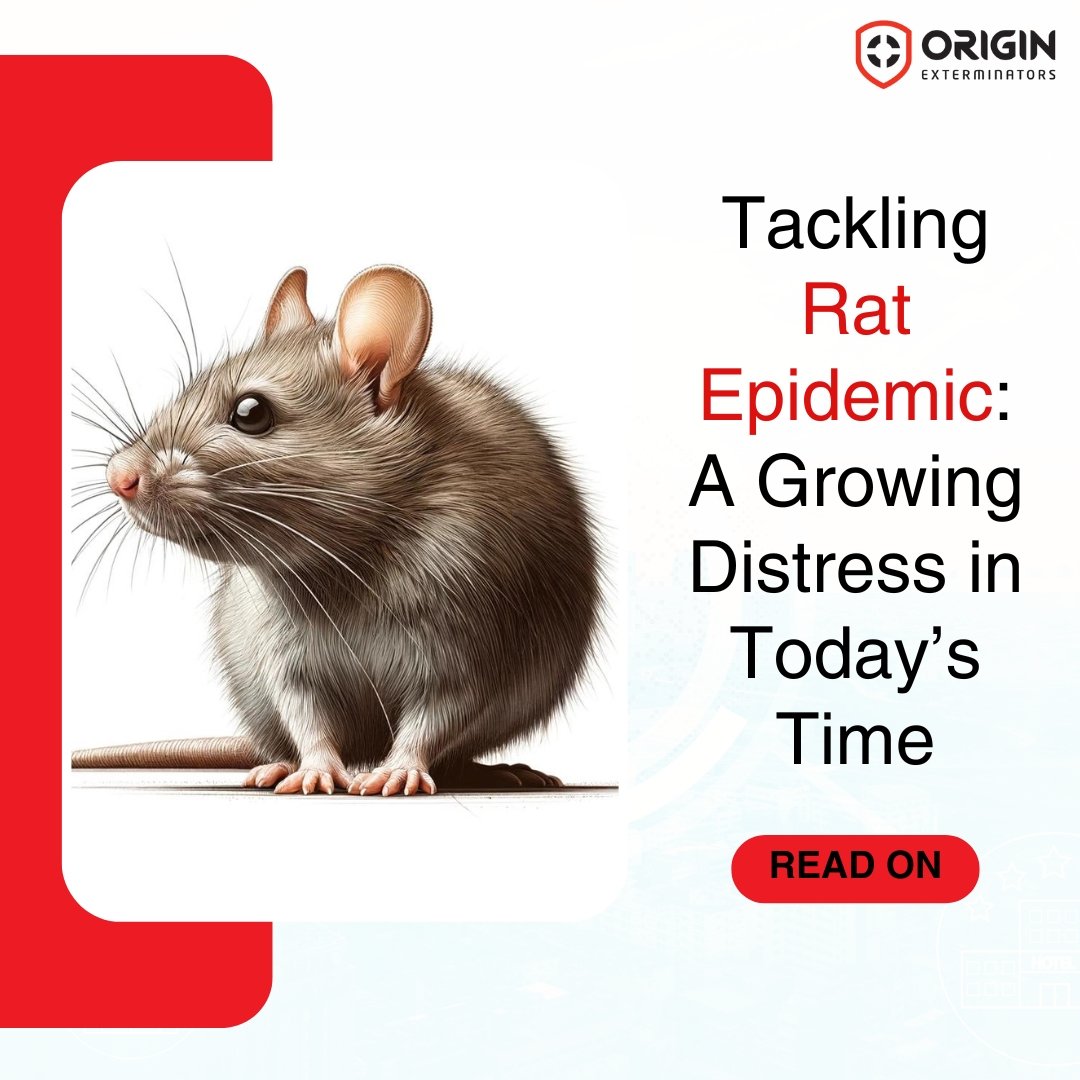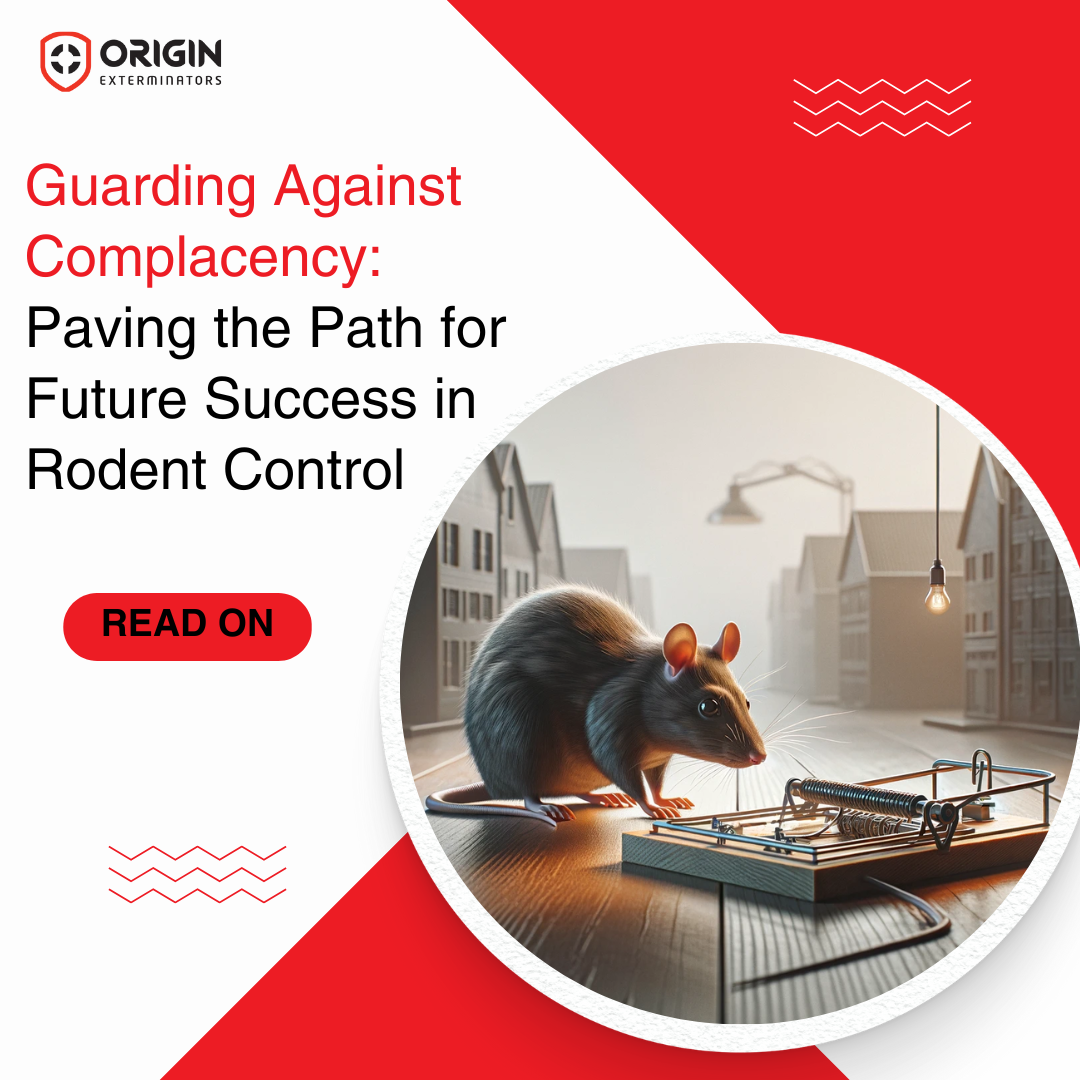Asia’s Pharmaceutical Hub
Thanks to the government’s Biomedical Sciences (BMS) initiative since 2000, Singapore is now the leading biomedical and pharmaceutical hubs in Asia. In fact, we are among a few countries whose pharmaceutical export value far exceeds the import value.
In 2020, the pharmaceutical industry in Singapore alone contributed 8.52bn dollars to our GDP. With foreign and private investments pouring in, the industry will only keep growing, and being able to produce safe, unadulterated, and effective products is a top priority. This explains why the industry has some of the most stringent and strict regulations and pest issues are a critical threat to these facilities. To prevent pests in pharmaceutical facilities is to know thy enemy.
Here are the Top 5 Common Pests in Pharmaceutical Industry:
#1 Flies
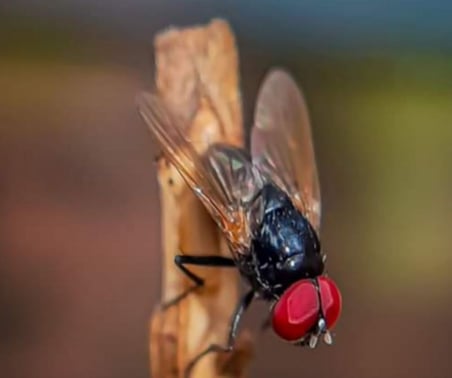
Several factors within manufacturing facilities make an environment inviting to flies - geographical location, goods storage, materials, and compounds being produced. Because pharmaceutical plants are usually in more remote areas surrounded by natural elements, there are many fly species that can find their way in. Despite their small sizes, flies are no less harmful than other pests. They feed on rotting material, trash, and faecal matter and so carry all kinds of pathogens. This also means they contaminate whatever they land on.
#2 Cockroaches
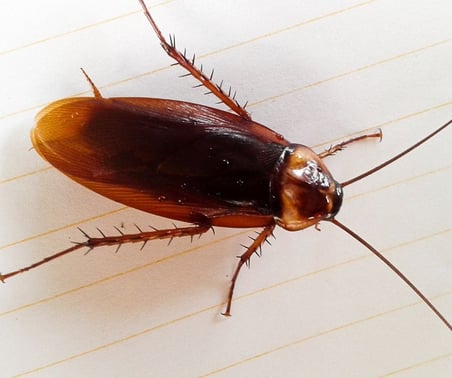
Because they can flatten their exoskeletons, cockroaches can fit in the smallest gaps. They eat anything from faecal matter, garbage, and even other cockroaches. These cockroaches can survive for months without food but without water, they will die in just a few days. That is why water is one of the key conditions for a cockroach’s survival. Cockroaches are different from other vectors because instead of spreading diseases directly, they carry organisms that cause diseases.
#3 Rodents
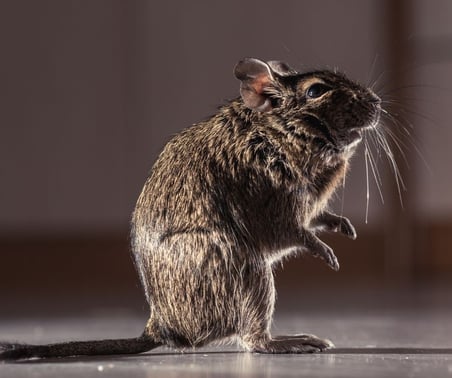
Gnaw marks are a common sign of rodent infestations. This is because their teeth never stop growing and so they have to regularly grind their teeth against each other or gnaw regularly. As a result, rodents have very sharp teeth that can bite through many materials causing serious damage to buildings and fixtures, machinery, electrical wiring, and pipes. Exposed wiring can become a serious fire hazard while gaps in pipes can cause gas and water leaks. In addition, the fleas on the rodent’s bodies, along with their urine and droppings, transmit diseases.
#4 Birds
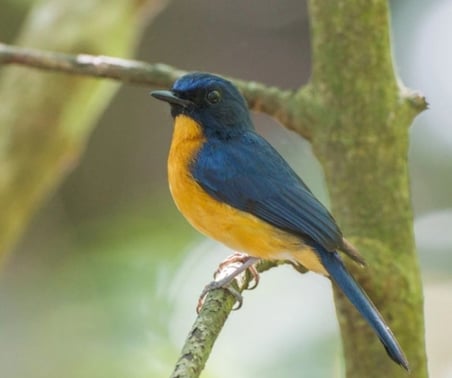
Birds are beautiful creatures to admire but when they get into our spaces, they leave behind droppings, contaminate goods and raw materials, and damage structure. Birds also transmit bacterial infections, diseases and carry parasites. When they find a conducive spot, they will set up a home and prolong the issues that they’ve brought along. There is no room for error in pharmaceuticals and there is no room for pesky birds too.
#5 Stored Product Pests

The most damaging of all pests, stored product pests contaminate, feed, and breed within products. Some common types of stored product pests are weevils, beetles, mites, and moths. Because of how deep they can infiltrate the packaging and products, stored product pests can contaminate and even modify the qualities of the materials. This can cause production lines to stop and even machinery to break down.
Read More >> Why is Regular Commercial Pest Control Essential in Singapore?
What Would ORIGIN Do?
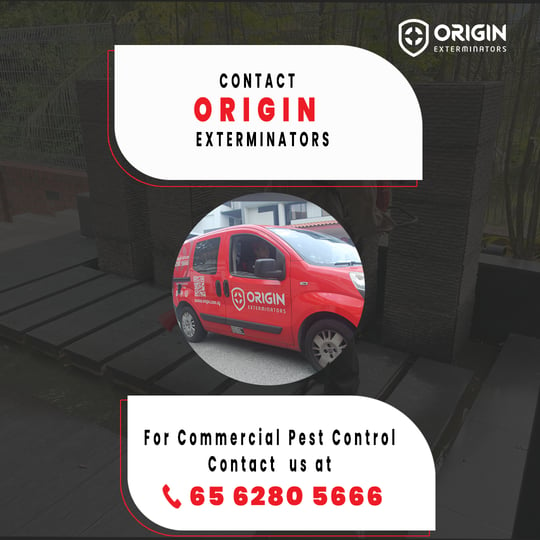
24/7 Monitoring
Effective commercial pest control services should provide pharmaceutical businesses with 24/7 remote pest monitoring. This allows them to deal with pests quickly, from a distance, and with fewer in-person visits, coincidentally befitting of our pandemic times. A successful system network should be consistently stable and have linked devices set up across the entire site, including susceptible access points.
Cost-Effective Solution
The use of data and technology as part of a pest management service is very commonplace today. Because they optmise resources and reduce manpower, these solutions actually save costs in the long run. The best part is these solutions are easily adapted to suit each client’s unique site requirements, and even throughout the pest management program to ensure the highest rate of success and protection.
Global Standards
Backed by Science and leveraging on data and technology, our pest control for the pharmaceutical industry allows companies to easily access the real-time data and utilize the comprehensive tools to analyze information and generate reports fulfill the stringent regulations. Pest problems are dealt with swiftly and efficiently enabling clients to abide by industry legislation and maintain their quality standards.

